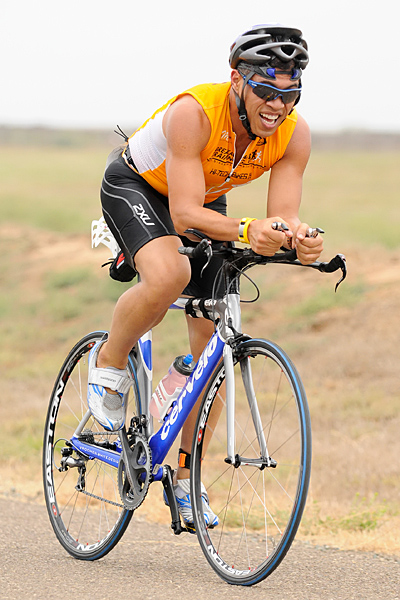Ten common mistakes every new cyclist makes

We had a good laugh and nodded our heads in recognition of Road Cycling UK’s recent article on ‘Ten common mistakes every new cyclist makes’! If your a beginner / new cyclist – read, learn and avoid making these ten mistakes. If your an existing cyclist, you have no excuse…
Summer is coming and as cycling’s boom in popularity continues there will be plenty of new cyclists on the roads over the next few months.
Like it or not, we were all newbies once – and while we all like to think we were born ready to ride, becoming a seasoned cyclist normally involves making plenty of mistakes along the way.
From poor preparation, clipless pedal crashes, bonking and being stuck at the roadside cursing the gods for not reminding you take a pump, many will learn the rights and wrongs of road cycling the hard way.
Here are ten rookie errors – more than a few we’ve been guilty of making. How many are you willing to admit to?
1. Underwear under bib shorts
2. Under-dressing
3. Puncture preparation
4. Not knowing how to use your tools
5. Bonking
6. Fourth cat tat
7. Zero-speed / Stationary crashes
8. Over-confidence when climbing…
9…and descending
10. Low and long
Source: www.roadcyclinguk.com
Plus an extra one from Rowe & King… 11. Pinning your number too high
@RoweandKing











@LukeRowe1990
@Dani_Rowe_MBE
@RoweandKing